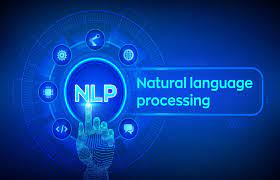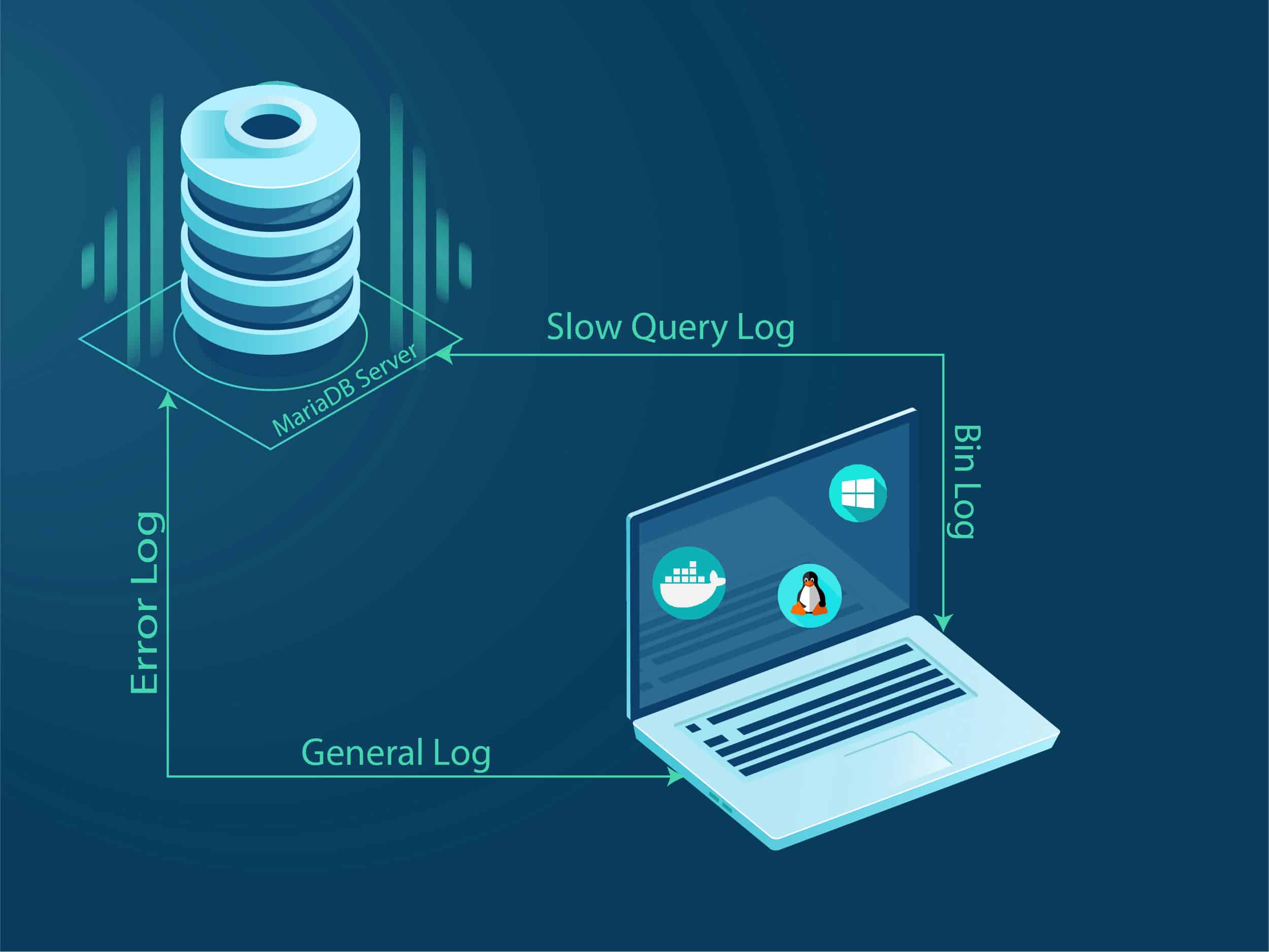Content
These three pieces are the standard parts of a story, though the Product Owner can add more information if needed. Discover how teams can use issues to track individual pieces of work that must be completed.
Additionally, new stories can be written and added to the product backlog at any time and by anyone. In agile software development, a user story is a brief, plain-language explanation of a feature or functionality written from a user’s point of view. Many agile experts also describe a user story as the smallest unit of product development work that can lead to a complete element of user functionality. Agile development culture advocates giving importance to individuals over processes and tools, and user stories lend a human aspect to the feature backlog. A user story isn’t just about what you’re building—it should also help you understand why you’re building it. This understanding will also improve The process of how you build the same feature. A user story is usually written in non-technical language and describes the value the feature or product in question adds to the end user.
User Story Examples
A key component of agile software development is putting people first, and a user story puts end users at the center of the conversation. These stories use non-technical language to provide context for the development team and their efforts. After reading a user story, the team knows why they are building, what they’re building, and what value it creates. The concept of user story mapping suggests that you can think of your entire product as a series of tasks or jobs the product helps your users complete. With that in mind, if you’re trying to structure work on a larger process or a more comprehensive set of product functionality, write each self-contained step as a story. Epics will later be decomposed into smaller stories that fit more readily into a single iteration.
So, Epics provide us with a high-level view of our goals and how we’re moving towards them. It also helps us during the prioritization process since we can check which Epics require our attention the most and, therefore, which Stories should be implemented first. The onboarding process could make or break your user retention. The goal at this stage is to get users started as quickly as possible and to direct them to the features that are most important to them. They’re an essential element of the agile methodology and help you better understand the user’s expectations by putting yourself in their shoes.
How to write user stories?
As we can see here, the backlog items are grouped into order of priority and the tasks are represented with user stories. In each user story, we can note the different scrum points awarded to indicate how much work will be involved when it comes to each feature. What we like about this good old-fashioned index card user story is the simplicity and the way it brings things back to basics.
What is a user story in Web design?
At its core, a user story describes something that the user wants to accomplish by using the software product. They originated as part of the Agile and Scrum development strategies, but for designers they mainly serve as reminders of user goals and a way to organize and prioritize how each screen is designed.
For example, between eCommerce store and OMS , or between eCommerce store and a payment gateway. The “why” helps the team recognize why they are building a specific feature. The “why” is what ties the story back to the vision for the product. The purpose of a user story is to articulate how a piece of work will deliver a particular value back to the customer.
IT Service Management
We at Stormotion know that it’s a way easier to work with small and estimable Agile User Stories rather than with big complex tasks. If you were ever involved in working with Agile frameworks, you already know that both Scrum and Kanban teams greatly benefit from writing User Stories. However, you’re free to choose how detailed your acceptance criteria will be. It can range from “just let it work in any convenient way” to even more detailed sets of conditions than in the example above. The app shows drivers that were online within last 20 minutes and don’t have an ongoing ride. As a driver, I want to add photos of my car in my profile so that I can attract more users. Testable – there should be clear acceptance criteria to check whether a User Story is implemented appropriately.
- It can be applied to any person – from your customers to admins – and, therefore, it doesn’t reflect the personality of particular target groups, the way they interact with the application.
- What we like about this good old-fashioned index card user story is the simplicity and the way it brings things back to basics.
- A story may need to be split into multiple stories depending on the team’s experience and sprint duration.
- Particularly in agile practices in, like Scrum, user stories cut down on miscommunications , and allow for rapid delivery and sudden change.
- The finer points of writing user stories can at first seem overwhelming, but with practice, this agile project mentality becomes easier to grasp.
- Teams now discuss the requirements and functionality that each user story requires.
- You can use Epics to group similar user stories working toward a common goal.
Later on, we’re able to use our Scrum User Story list to prepare more detailed estimates , prioritize feature development for sprints and so on. It’s unlikely the user doesn’t have a specific location in mind for the hotel, whether they realize it or not. This might prevent the user having to leave the page and search the hotel addresses on Google maps and checking out distances. Otherwise, it might as well just be any other travel website that doesn’t provide a distinctly useful feature to the user. However, one problem that we see is that three out of the four are incorrect. Because user stories should always state the reason for “why” they want to complete an action.
Travel website user story examples
They’re also comparing your product to different platforms to see which is the best fit for their needs. Writing user stories at this stage helps you identify which features you should build within your product and how to showcase them on your website. Speaking of epic user story examples, you might want to take a look at this epic user story template. It provides a great way of grouping substories by their epic stories. Ivar Jacobson, who is credited with developing the use-case concept, explains that use cases document both a user’s goal and the functional requirements of the system.
Similarly, if you get your user stories right, you can rest assured knowing you would spot the red flags on your product road map early on. A user persona is the profile of your target user, created to help empathize with and understand the people you’re developing the product for. It could be as specific as “Girls between the ages of 13 to 20” or as general as “Men” .
Index card user story example
User stories help you understand the needs of customers at every stage of their product experience. By following the best practices stated in this post and taking inspiration from the examples and templates shown, you should be well on your way to writing an excellent user story.
- In this example, the BBC were thinking of adding a share button to their sports articles, with the idea that readers can share sports related news and also get their friend’s opinions.
- Note that “customers” don’t have to be external end users in the traditional sense, they can also be internal customers or colleagues within your organization who depend on your team.
- The UX/UI designs built for the story need to be listed in each story as part of story elaboration.
- The way this epic user story is laid out, it manages to show a clear hierarchy between the epics and their multiple, detailed user stories.
- Regardless of the type of story that is being written, there are two rules that govern the granularity of a story.
- Represent bite-sized deliverables that can fit in sprints, whereas not all full features can.









